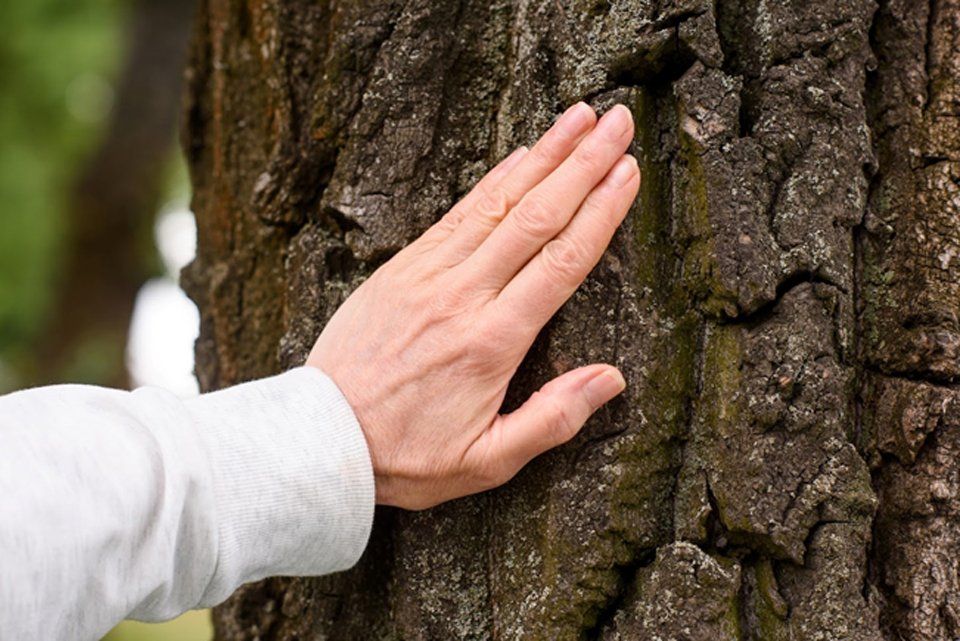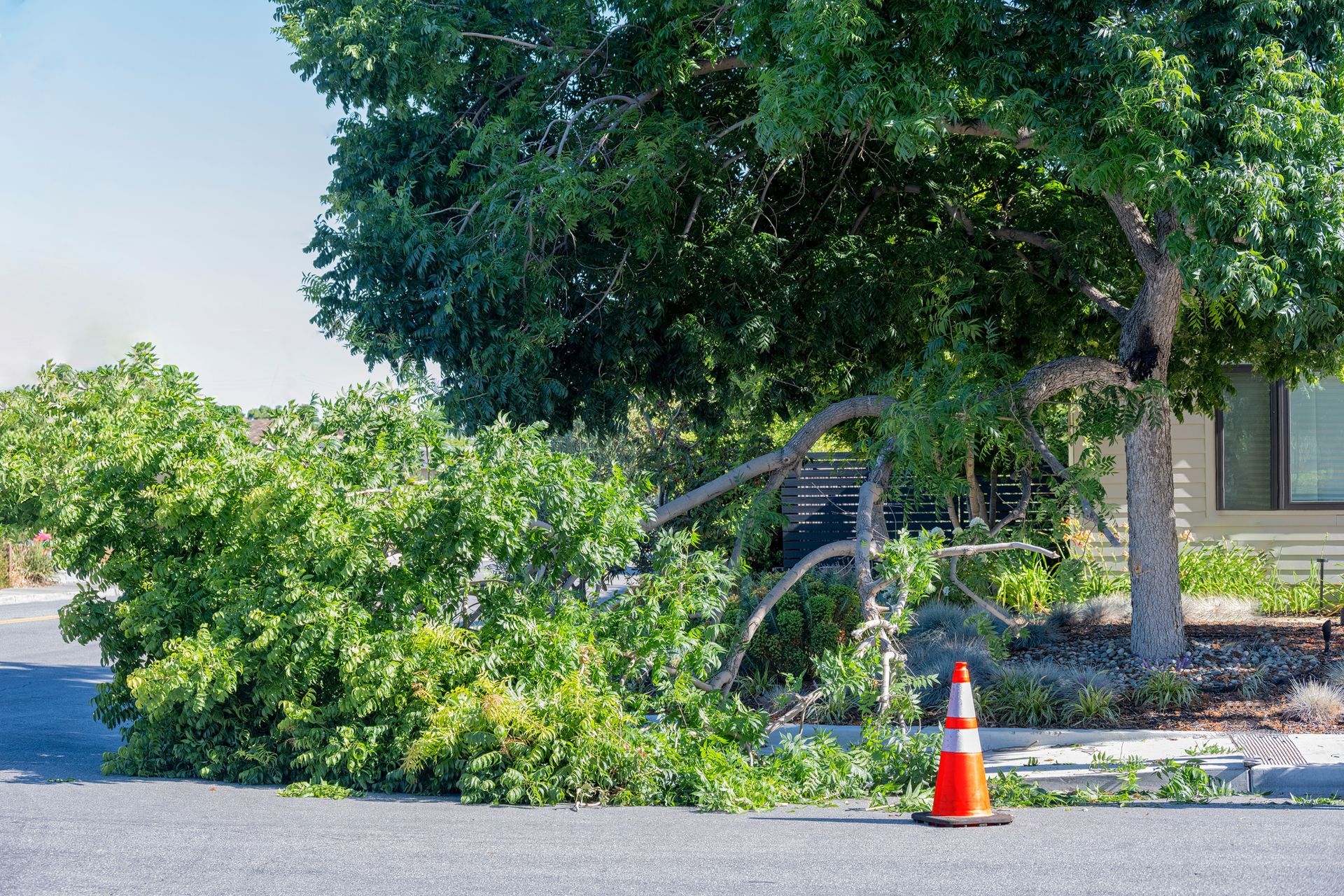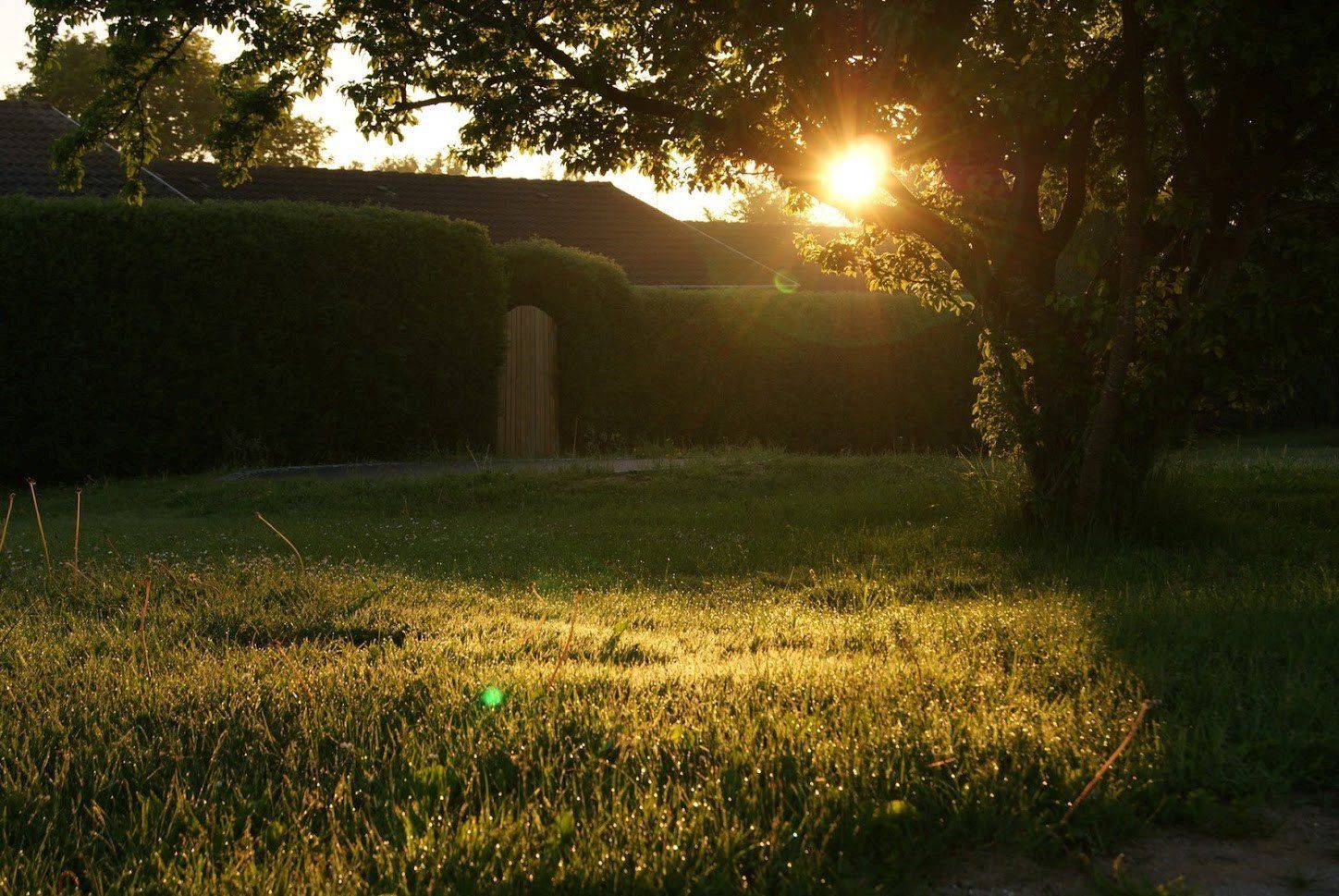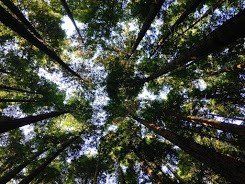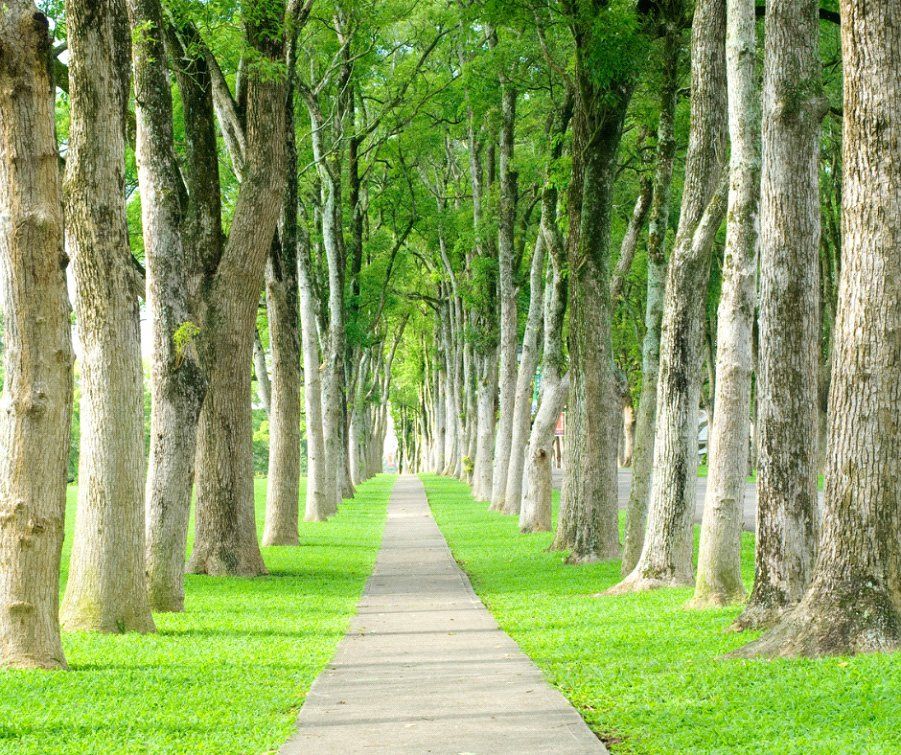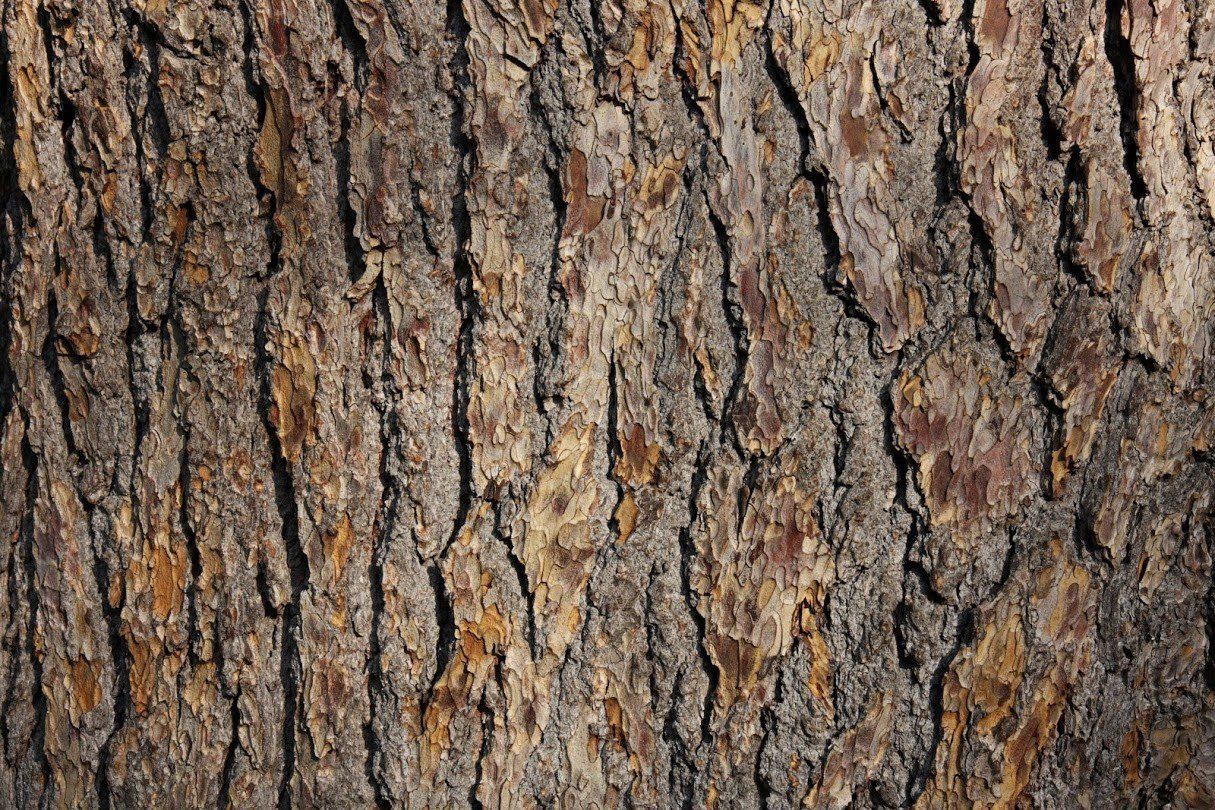3 Insects That Endanger Trees in Tennessee
Insects and plants tend to have close relationships. Many insects rely on plants for food, if not also shelter. In nature, this does not really present an issue — but when your backyard trees are the insects' host, that's a whole other story.
A variety of insects exist, many of which are invasive species accidentally introduced to the U.S. over the years, that can infest trees in large numbers and lead to death or significant destruction of the tree. Here are three such insects to be on the lookout for if you live in Tennessee.
1. Emerald Ash Borer
Named for their bright green, emerald color, these beetles are native to Asia and central Russia and are thought to have come over in cargo ships. People first detected them in Michigan in the early 2000s , and they have swept across the nation since, leaving an abundance of dead ash trees in their wake.
Mature emerald ash borers put their eggs on the bark of the tree. The eggs grow into larvae, which burrow through the bark and into the tree's vascular tissue. There, the larvae eat the tree's tissue, gradually impeding the tree's ability to transport water to its branches. The tree's top branches die first, and the destruction spreads downward. Most trees die within two years.
If you have ash trees on your property, keep them as healthy as possible with regular pruning and watering. The healthier the tree, the better it will be able to resist attacks by the emerald ash borer. If your tree does become infested, you'll need to remove the tree and report the infestation to the Tennessee Department of Agriculture.
2. Hemlock Wooly Adelgid
The hemlock woolly adelgid is a tiny insect that measures about 1.5 mm long. You may struggle to see the insect itself, but you won't miss the fuzzy, white masses it creates on the undersides of hemlock needles. The young adelgid use their probe-like mouthparts to extract starch from the base of hemlock trees' needles. They'll attack any type of hemlock tree, causing the needles to turn gray and die back.
Most trees die within 4 to 10 years of initial infestation with hemlock wooly adelgid. Applying chemical insecticides to the tree may help in some cases. To help protect your hemlock trees, do not move firewood from more than 10 miles away; it could harbor these or other pests.
3. Asian Longhorned Beetle
The Asian longhorned beetle is a long, 1.5-inch beetle that is black with irregular white spots. Their antennae may be even longer than their bodies.
This pest is unique in that it does not prefer a specific tree species. Rather, it will attack many different hardwood species, including elm, ash, maple, and willow. The beetles' larvae feed on the delicate vascular tissue just beneath the bark, eventually cutting off the flow of water and nutrients within the tree. Trees typically die within nine years of the infestation.
Asian longhorned beetles likely came to the Brooklyn area in 1996 by ships coming into the New York Harbor from China. Since then, their populations have spread. Hardwood trees in Tennessee are at risk.
Aside from not moving firewood, you can’t do a lot to protect your trees. However, if your tree does become infested, you must remove it. The beetles weaken the wood and make trees dangerous. Limbs can come crashing down and cause injuries, especially during a storm.
If you see any suspicious insects on your tree, don't be afraid to look a little closer. Most insects, when present in large numbers, are not good news. Contact the tree care experts at Kaily's Tree Servicefor all of your trimming and tree removal needs.

